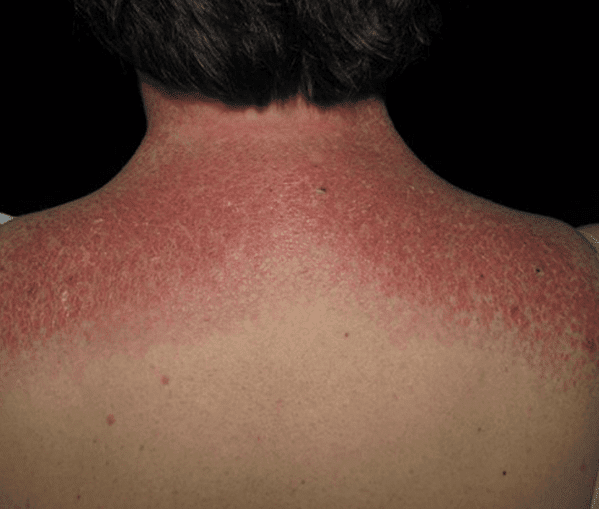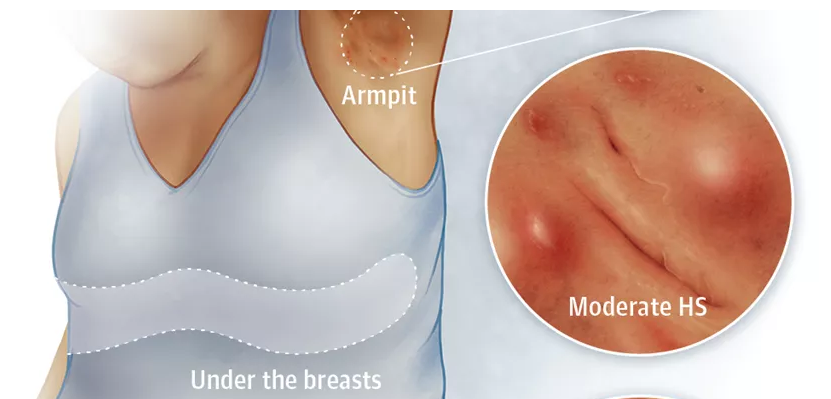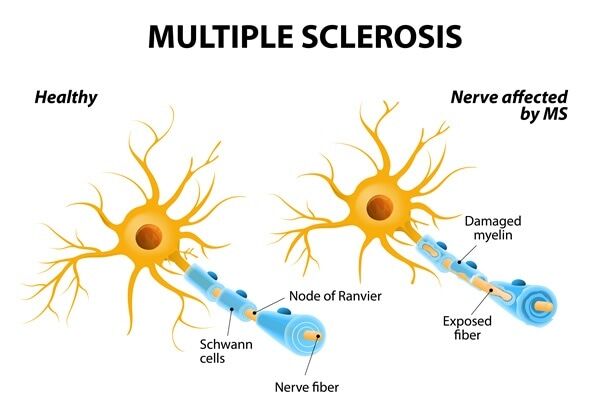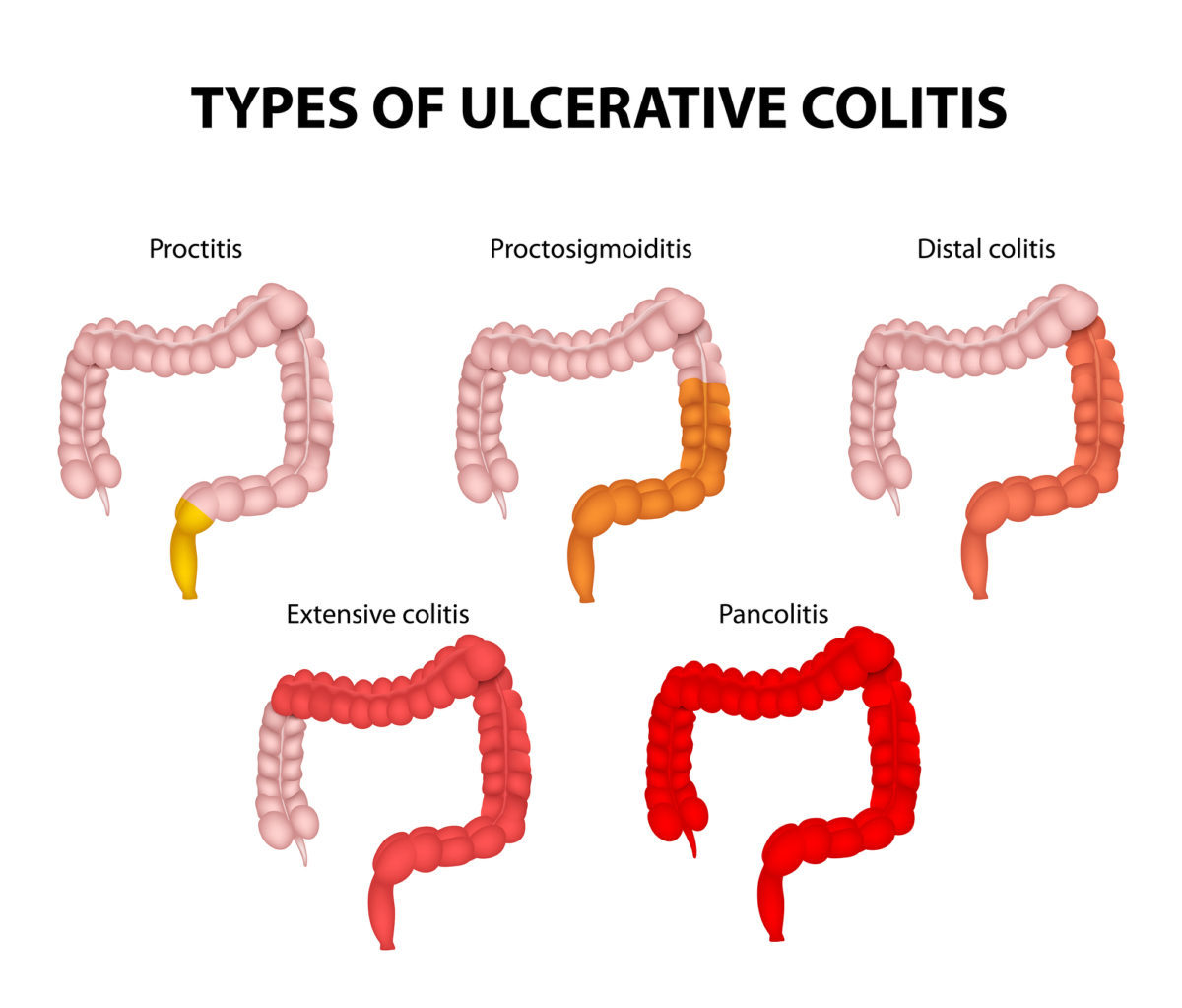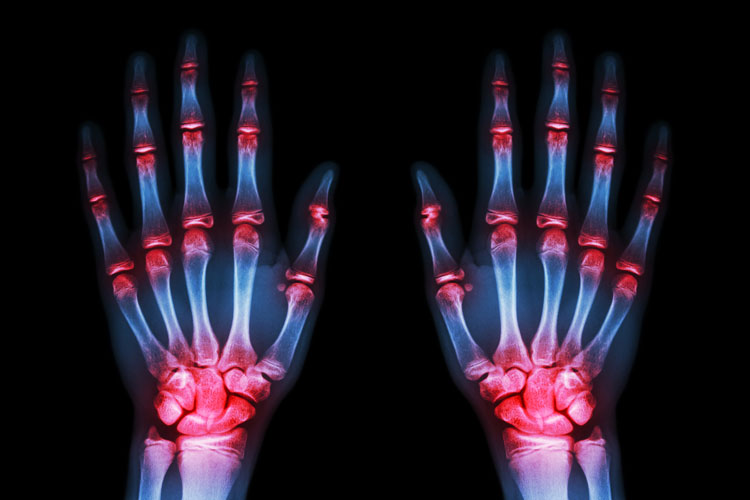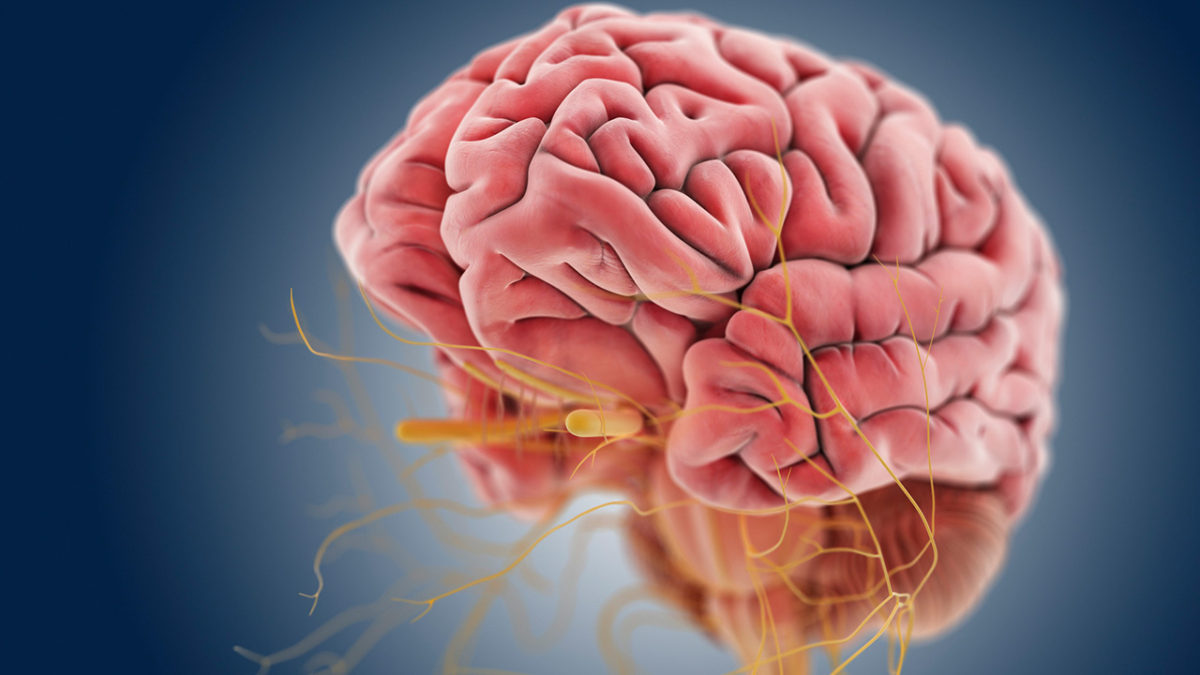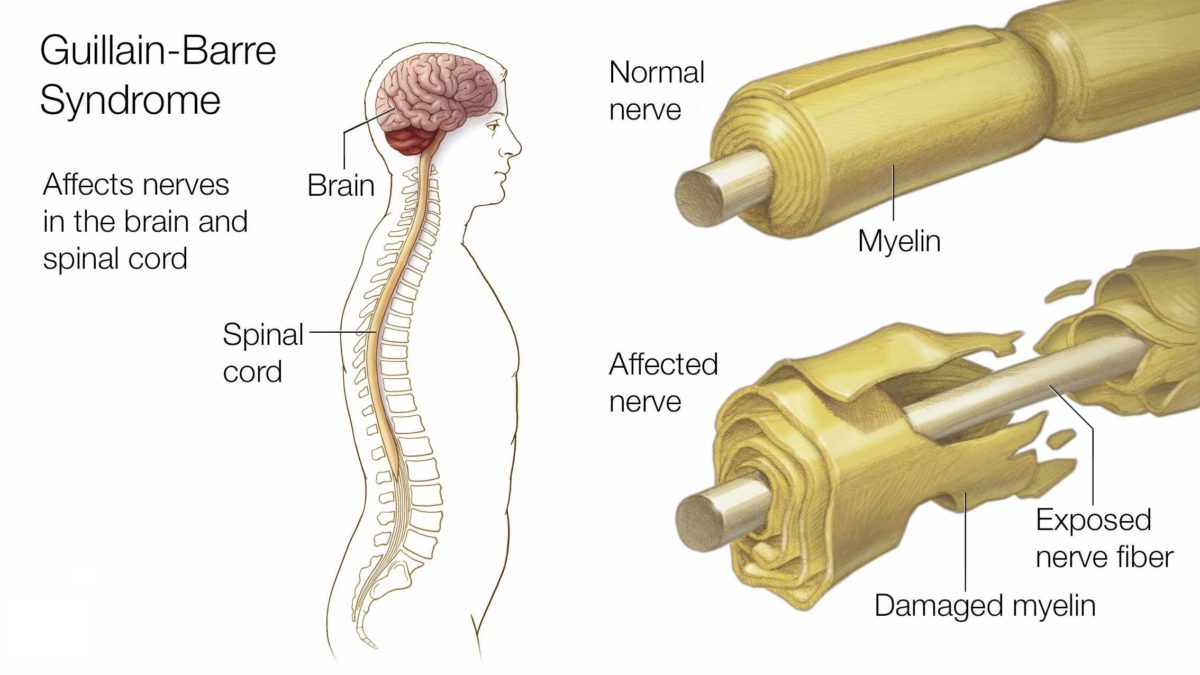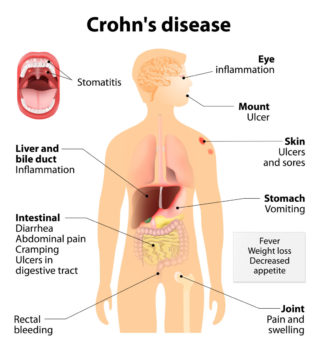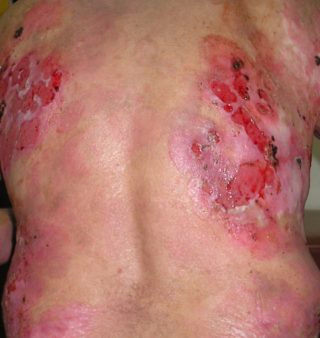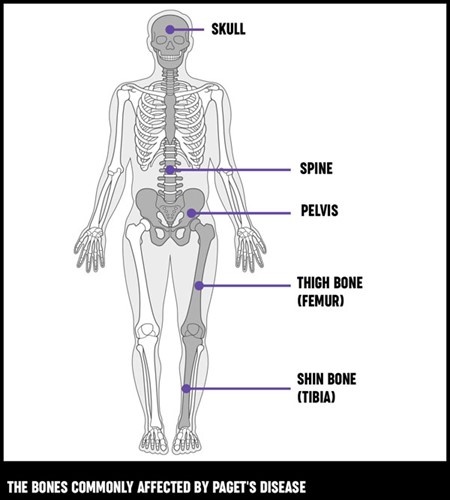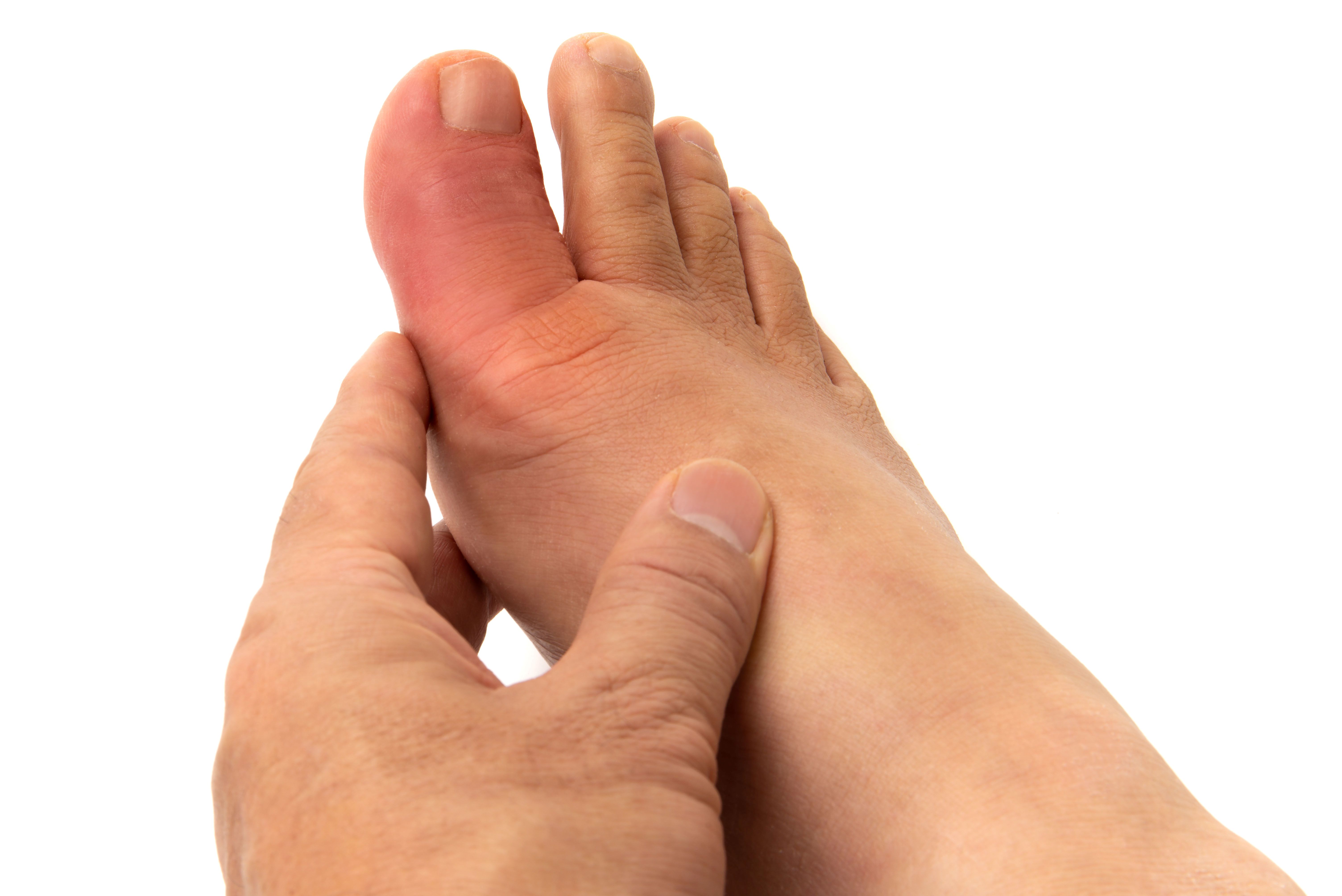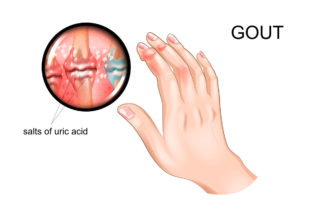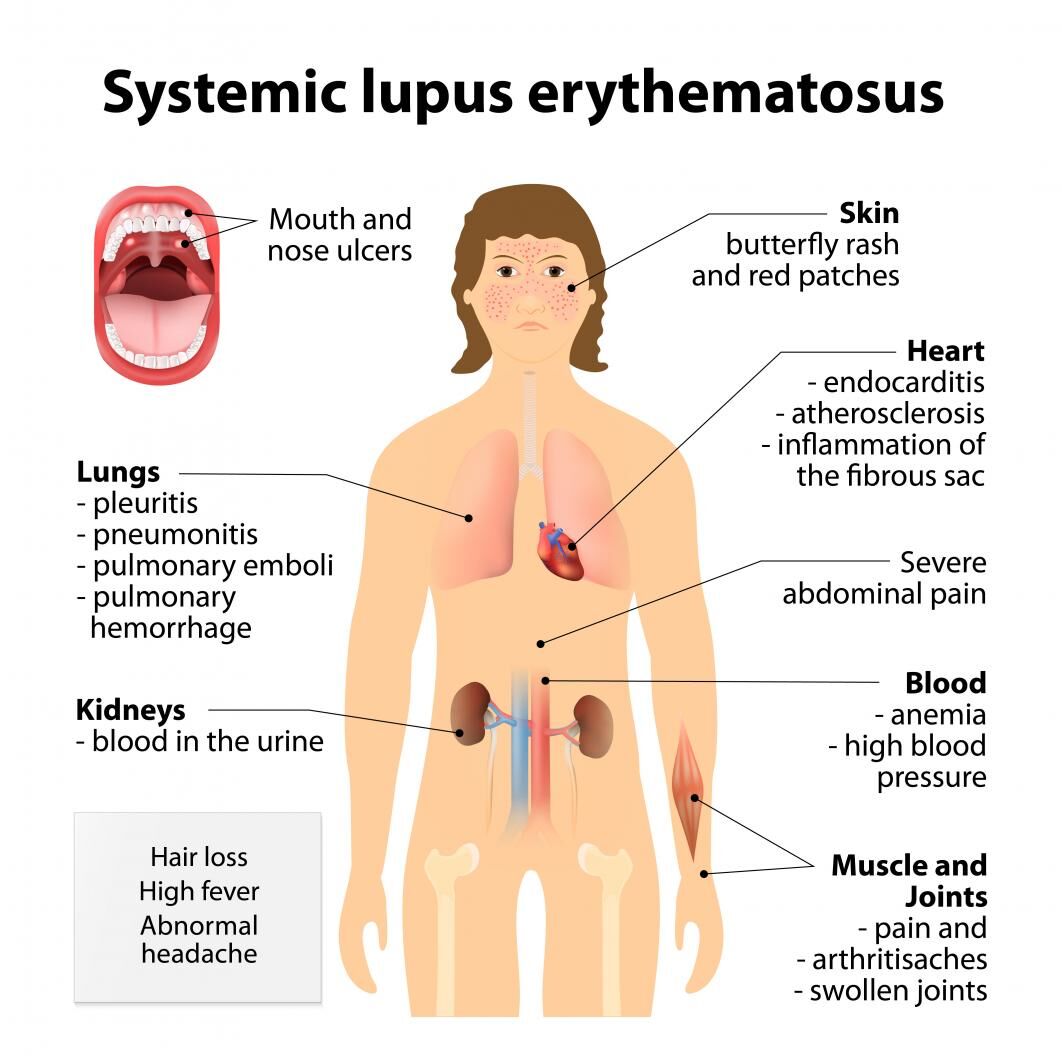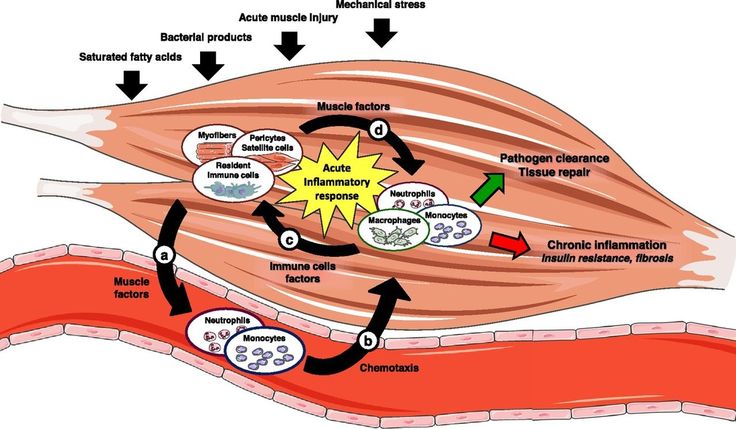OSTEOPOROSIS
Osteoporosis is a disease in which your bones become weak and are more likely to break. Our bodies typically break down old bone and put new bone in its place, but osteoporosis causes the body to break down more bone than it replaces.
For more information on Osteoporosis, visit the National Osteoporosis Foundation at www.nof.org.

Symptoms of Osteoporosis:
There typically are no symptoms in the early stages of bone loss. But once your bones have been weakened by osteoporosis, you might have signs and symptoms that include:
- Back pain, caused by a fractured or collapsed vertebra
- Loss of height over time
- A stooped posture
- A bone that breaks much more easily than expected
- Fracture of the spine, wrist or hip
Diagnosis of Osteoporosis:
A bone density test is the only test that can diagnose osteoporosis before a broken bone occurs. This test helps to estimate the density of your bones and your chance of breaking a bone. NOF recommends a bone density test of the hip and spine by a central DXA machine to diagnose osteoporosis. DXA stands for dual energy x-ray absorptiometry. Another DXA imaging technique, instant vertebral assessment (IVA), also known as morphometric X-ray absorptiometry (MXA), determines vertebral body shape. It can help to detect early vertebral fractures and has been shown to detect these fractures in almost 20% of asymptomatic women.
A bone density test tells you if you have normal bone density, low bone density (osteopenia) or osteoporosis. It is the only test that can diagnose osteoporosis. The lower your bone density, the greater your risk of breaking a bone. A bone density test can help you and your healthcare provider:
- Learn if you have weak bones or osteoporosis before you break a bone
- Predict your chance of breaking a bone in the future
- See if your bone density is improving, getting worse or staying the same
- Find out how well an osteoporosis medicine is working
- Let you know if you have osteoporosis after you break a bone
Treatment of Osteoporosis:
AZIV Infusion provides the following biologic injections and infusions in a convenient and comfortable setting for patients seeking treatment for Osteoporosis:
In the past, most women and many men with low bone density were all treated with the same kind of medicines. Now, we can treat each person individually. The first step would be to determine your risk of breaking a bone by comparing your DEXA results with established national statistics. If you have a higher risk, you should discuss with your physician and understand all three categories of medications that are now available. The decision of which medication is best for you should be determined, along with other adjunctive treatments such as supplements, diet and exercise.


